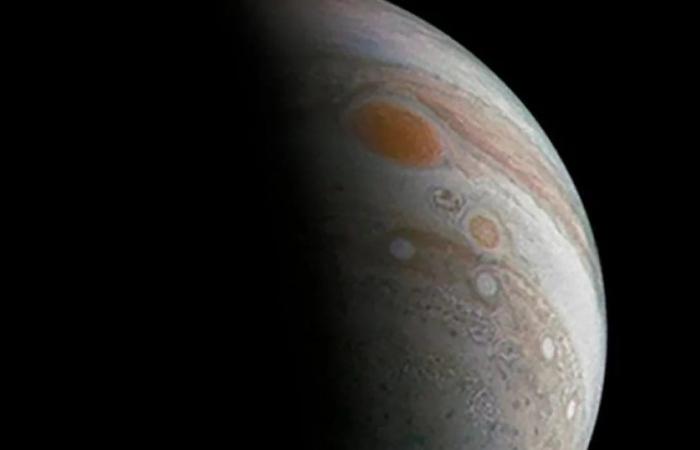In the 1660s, the Italian astronomer Gian Domenico Cassini discovered something while observing the planet Jupiter: a massive spot now known as the planet’s signature. Known as the Great Red Spot or Permanent Spot, this planetary feature is believed to be evidence of a massive Jovian storm. But new research suggests that the storm astronomers can see today is not the same one Cassini saw nearly four centuries ago.
What looks like a red spot from space is actually a huge anticyclonic vortex twice the size of Earth. Modern observations suggest that the storm involves winds blowing up to 400 miles per hour, and that its characteristic color may be due to the interaction between elements in Jupiter’s atmosphere and cosmic rays or other forms of radiation. But although the spot has been known for centuries, it still holds many mysteries for researchers.
Known as a pioneer of telescopic astronomy, Cassini first saw the spot in 1665 as a dark ovalwriting that the spot was “a permanent one which was often seen to return in the same place in the same size and shape.” Astronomers recorded sightings of the spot as late as 1713, but then observations stopped. It would not be until 1831 that other scientists would again report a spot in the same location that Cassini had noted.
Writing for Geophysical Research Letters, modern researchers used historical observations to track the size and movement of the spot over the years, comparing those ancient observations with modern ones. They then simulated different ways the stain could have arisen.
Their analysis suggests that The spot seen today looks more like the one observed in the 19th century than the one Cassini saw so long ago. Over time, the spot has shrunk and become rounder, likely because it is spinning faster, the researchers write. The spot could have formed because of unstable winds that produced an observable proto-storm that disappeared, only to return later, they conclude.
“It has been very motivating and inspiring to turn to Cassini’s notes and drawings,” Agustín Sánchez-Lavega, a professor of applied physics at the University of the Basque Country in Bilbao, Spain, who led the research, said in a press release. He added: “Others before us had explored these observations, and now we have quantified the results.”
© 2024, The Washington Post


